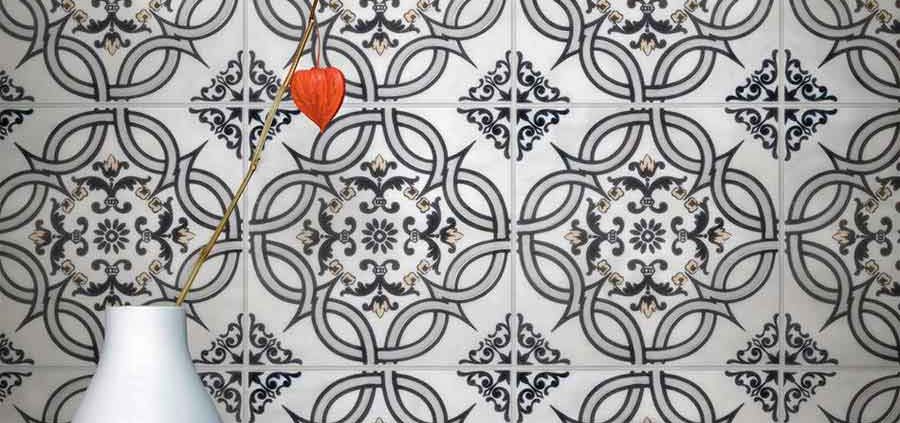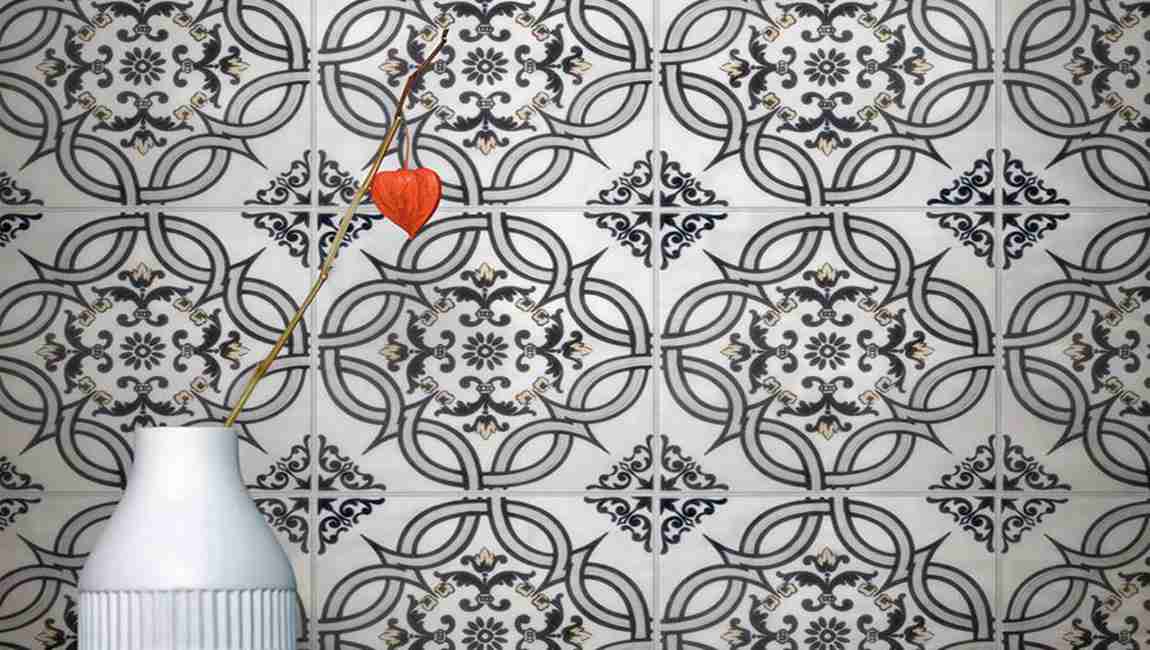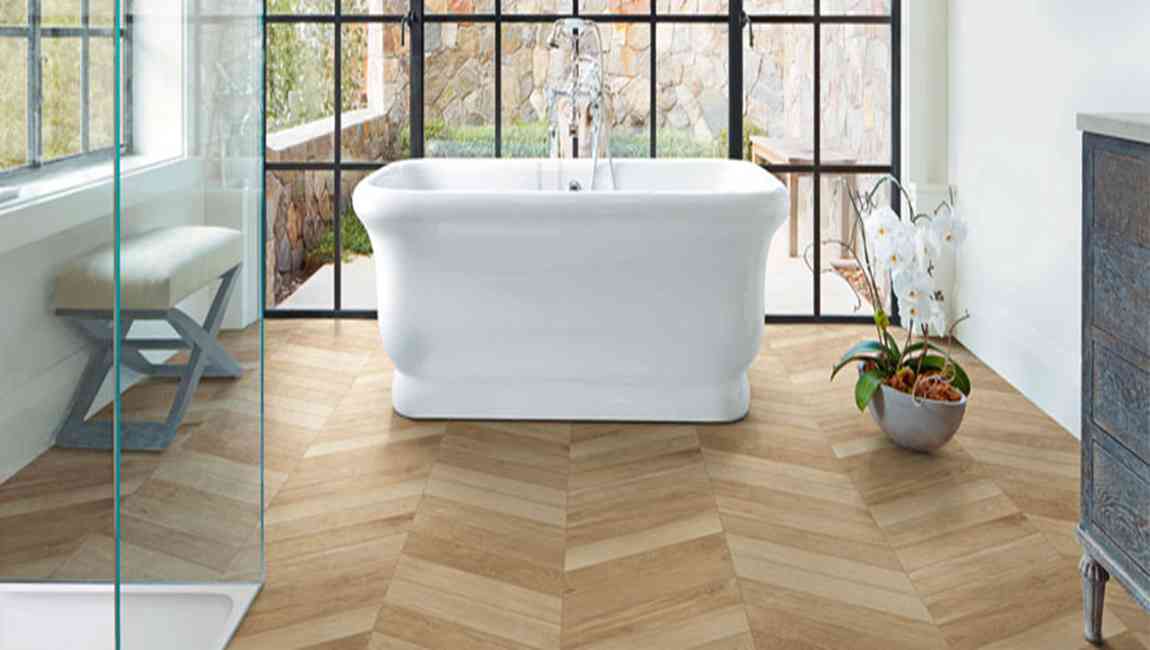How Adding Stucco?
Wash the wall and remove debris to make it as flat as possible. Spray the cinder block wall with a hose to rinse off most of the debris. Look for tough stains, damaged spots, and other issues you need to address. Spend time lifting stains with soap, trisodium phosphate, and other cleaners. Also, clear debris out of damaged spots and repair them.
To repair damage, mix mortar. Fill in the gaps to level out the wall as much as possible. Brush a concrete bonding agent on the wall and let it dry overnight. The bonding agent provides a surface for the first layer of stucco to adhere to. If you don’t apply it, the finished wall may end up looking patchy and uneven.
Use a 3 in (7.6 cm) paintbrush to go over the entire wall top to bottom. Coat the wall with a single layer of the bonding agent. Concrete bonding agents, tools, and the ingredients you need for the stucco mix are all available online and at home improvement stores.
Get a stucco mix or mix your own in a wheelbarrow. Pour store-bought stucco mix into your wheelbarrow and stir in water until it has a paste-like consistency. If you’re making your own, get sand, lime, and Portland cement. Try combining 3 parts sand, 1 part lime, and 1 part cement to create a good mix that adheres well to vertical walls.
You can also mix in a concrete pigment to color the stucco if you don’t plan on painting it later. Apply a 1⁄4 in (0.64 cm) scratch coat with a trowel. If you have a concrete sprayer, use it to cover large areas quickly. Otherwise, try picking up the stucco mix with a flat tool like a hawk and then transferring it to the wall with a trowel.

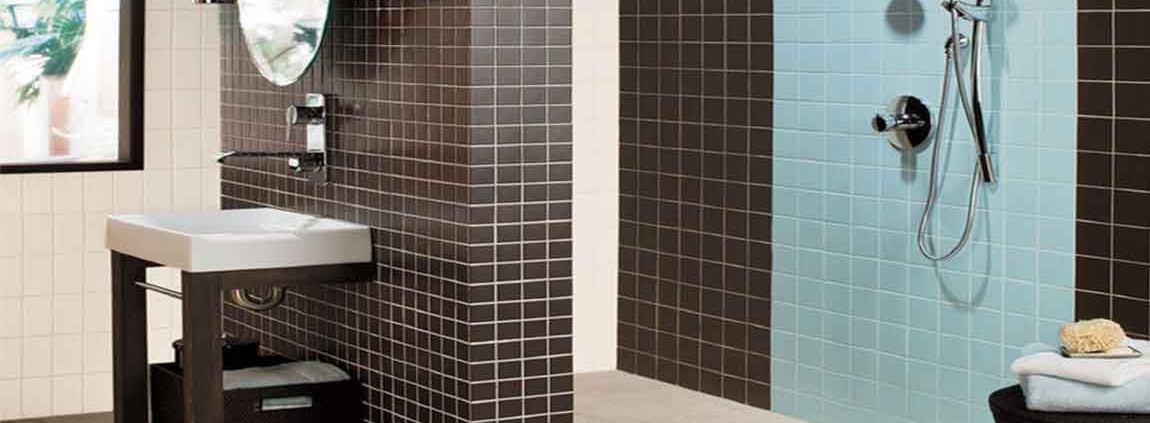


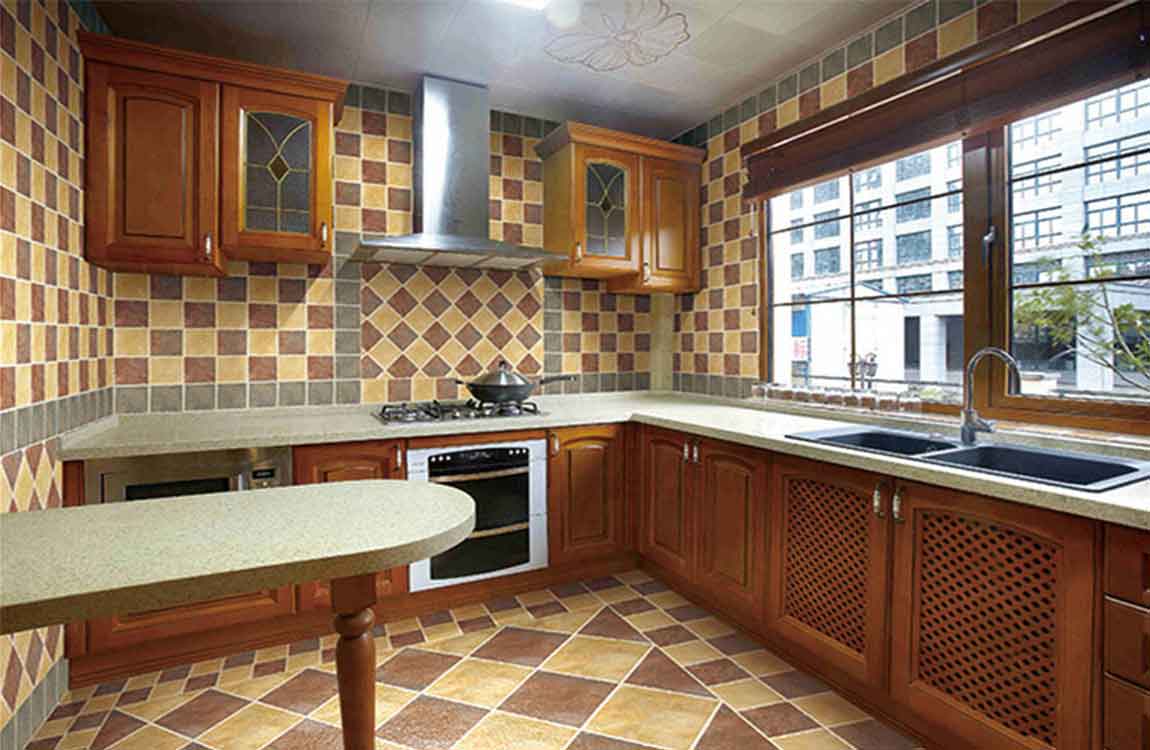


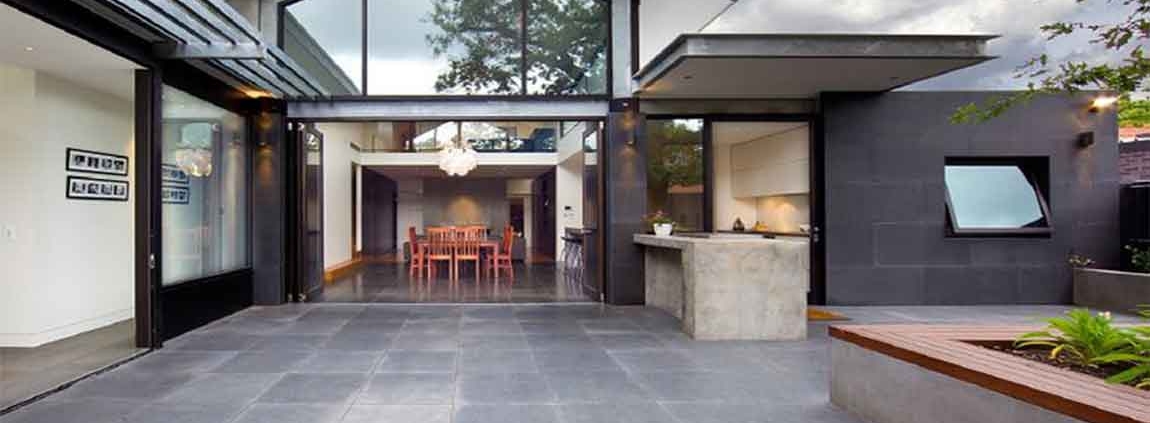






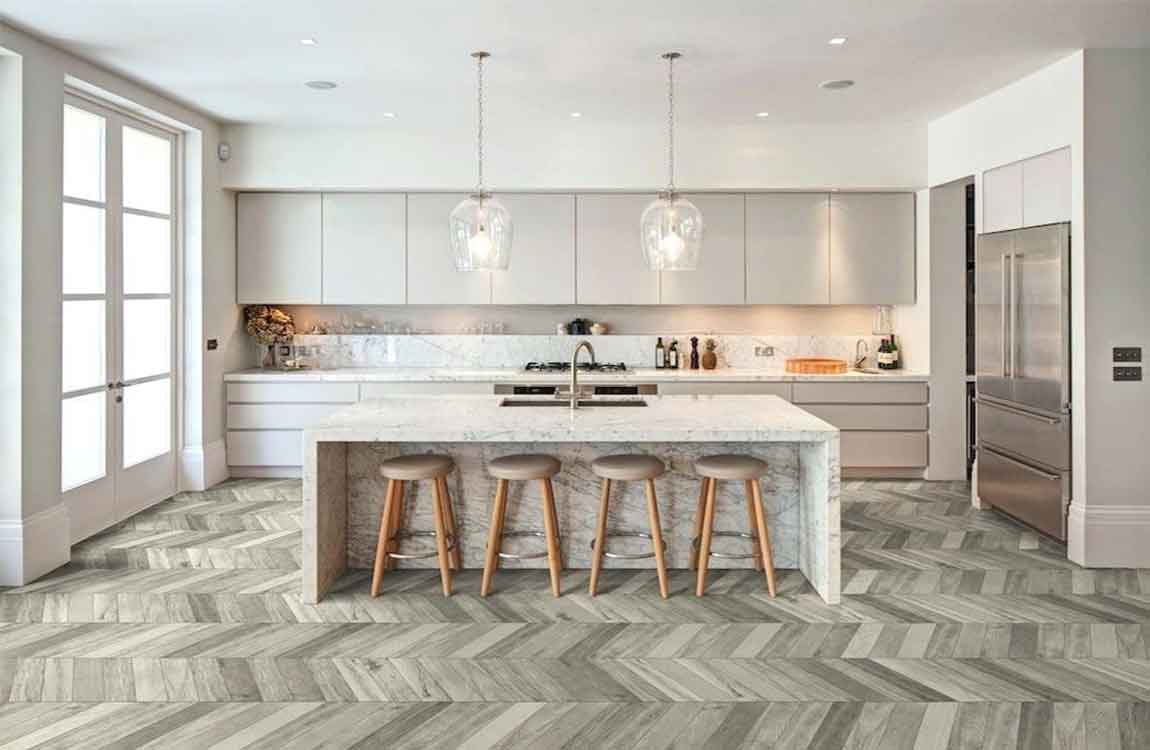
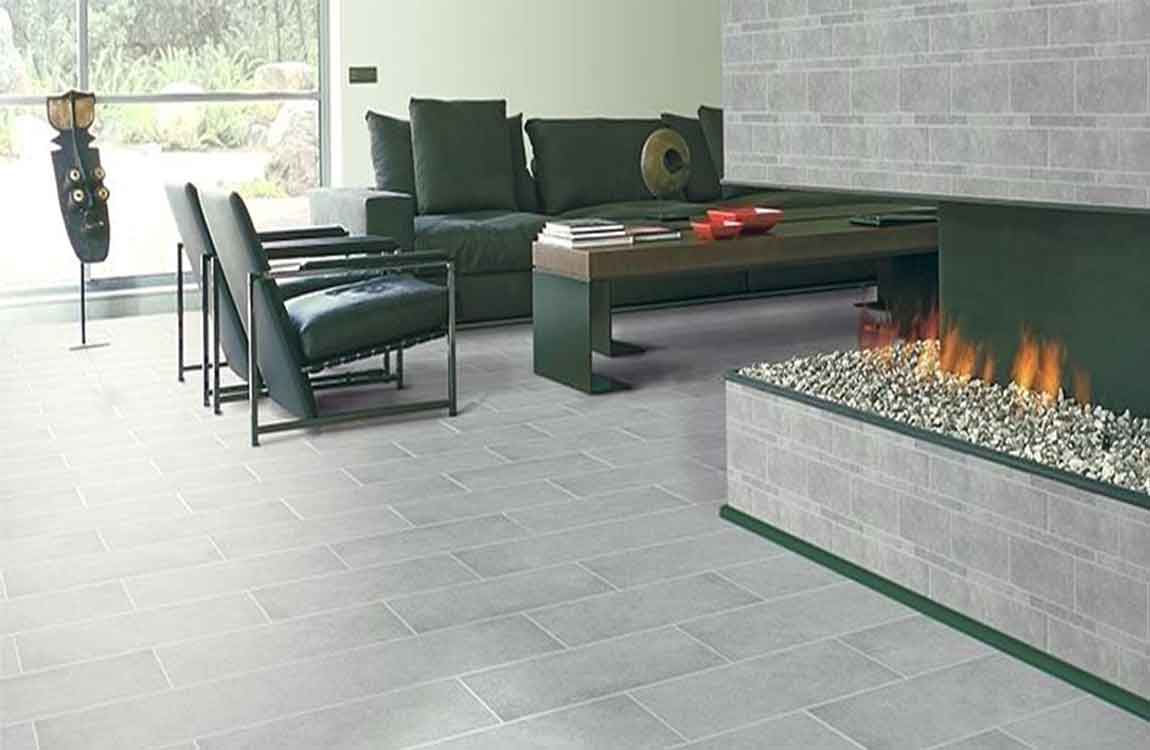


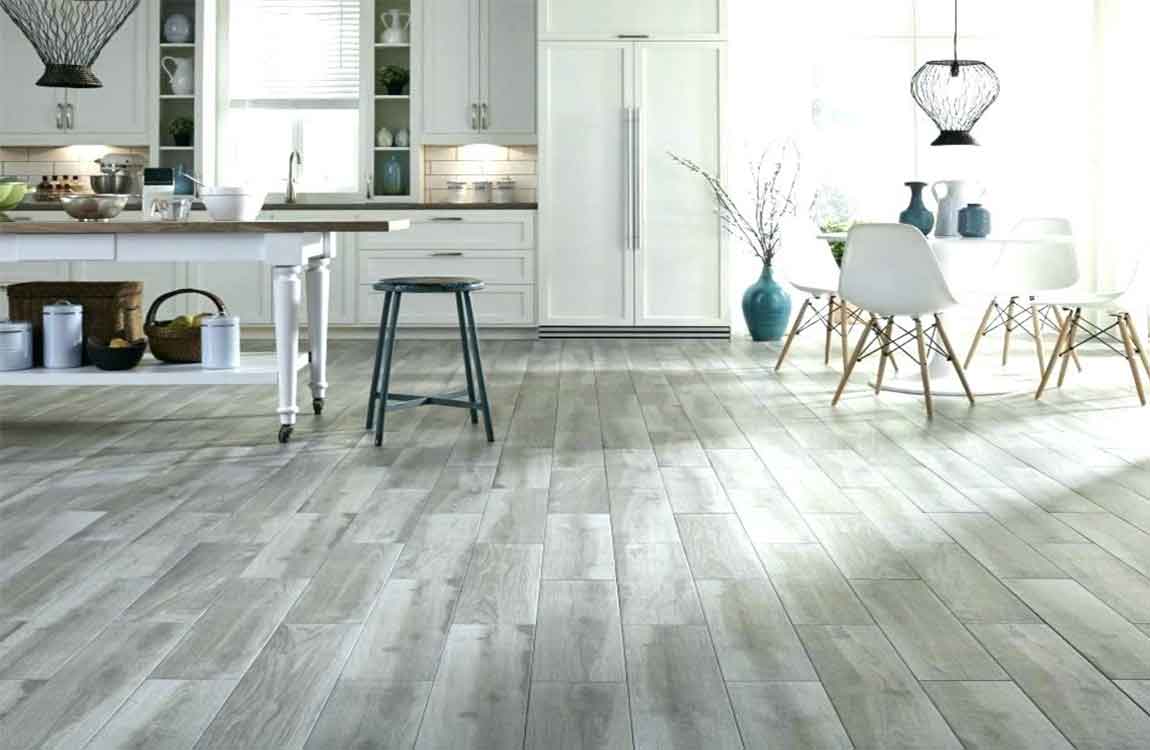
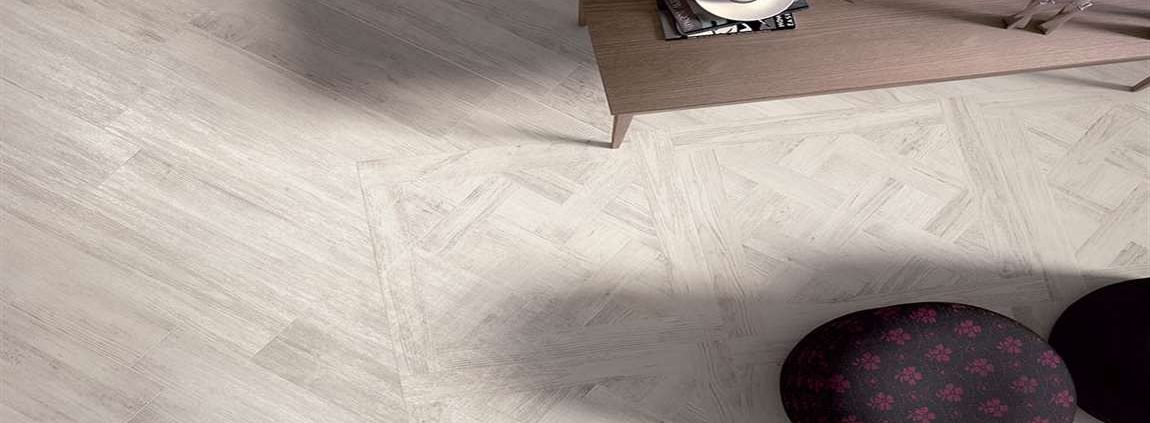


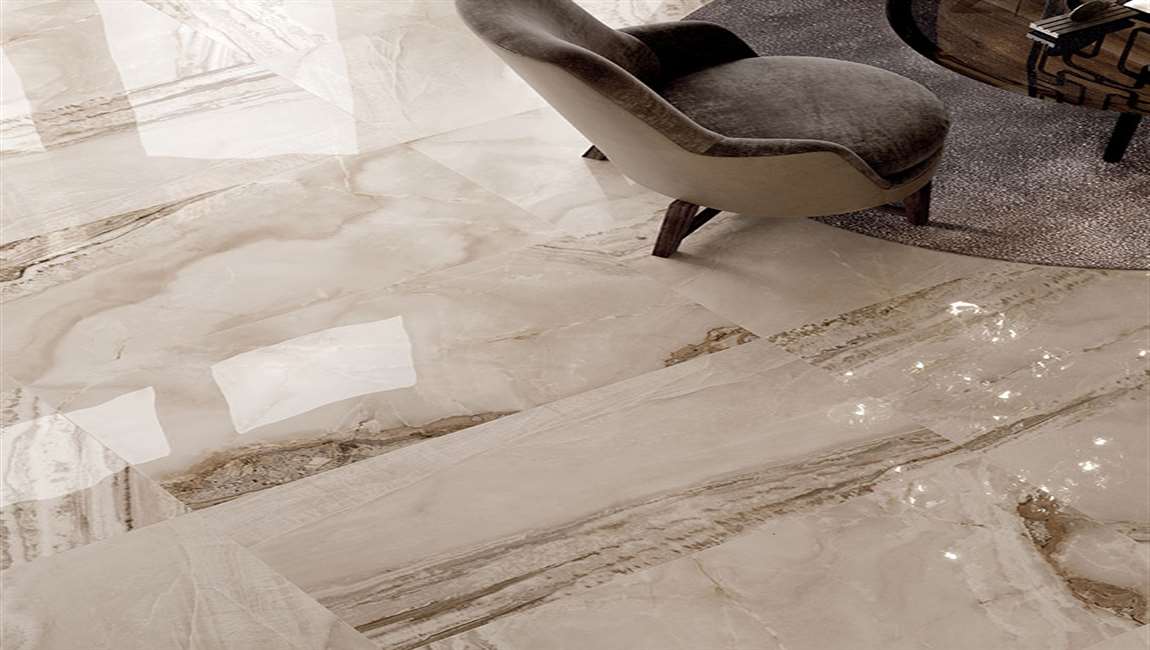
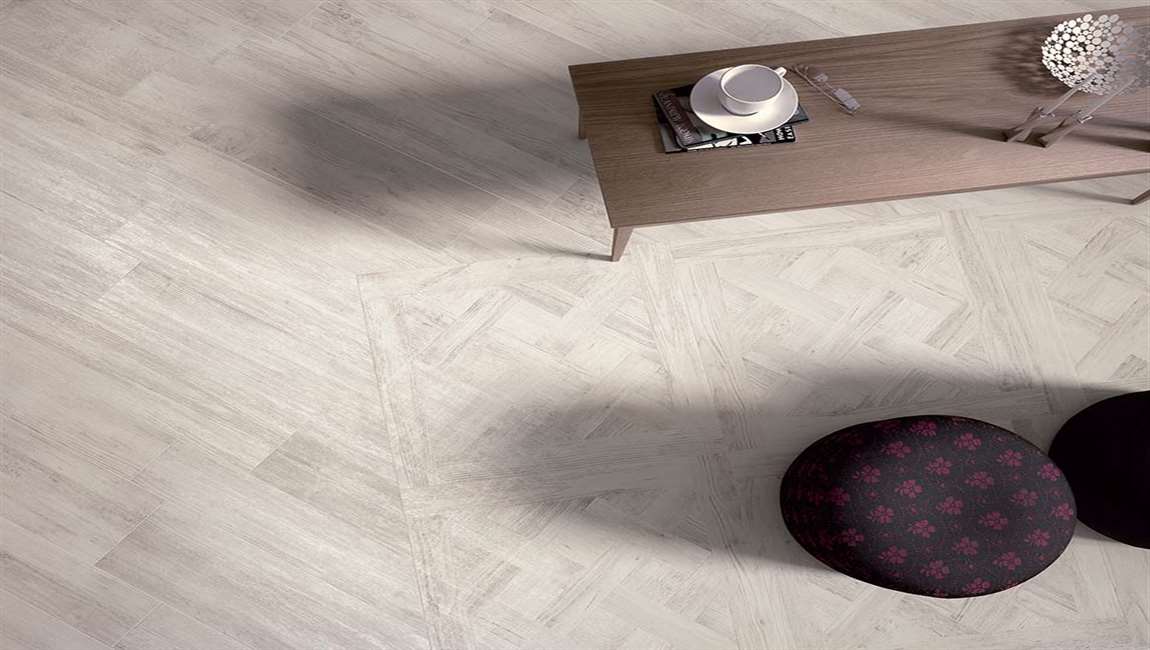

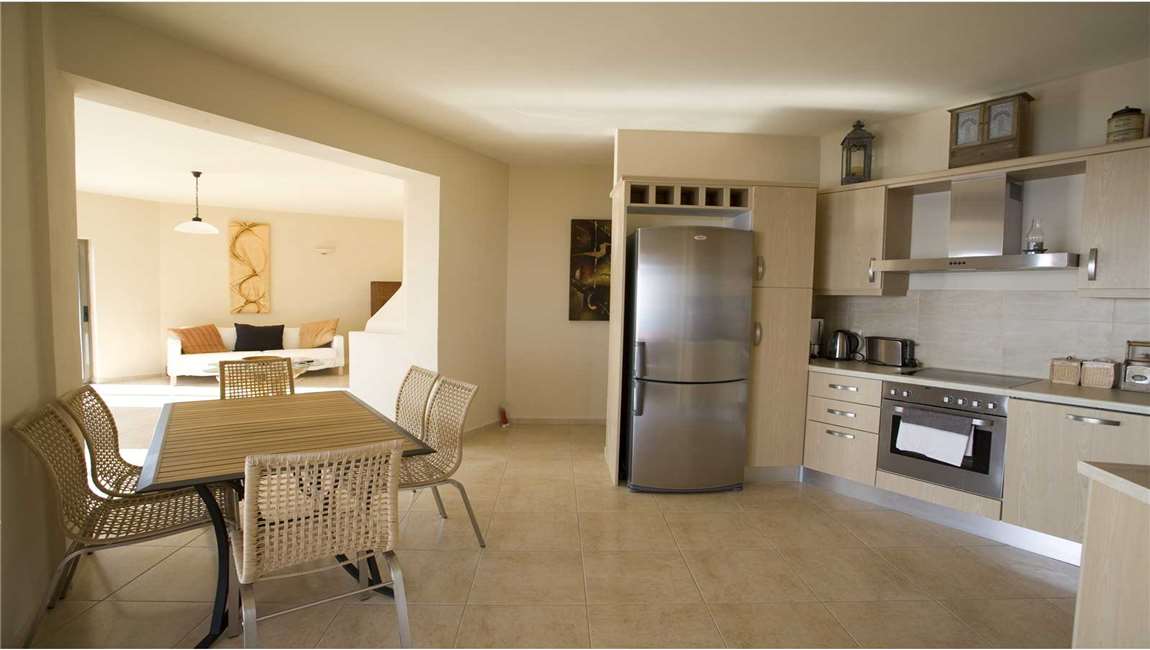
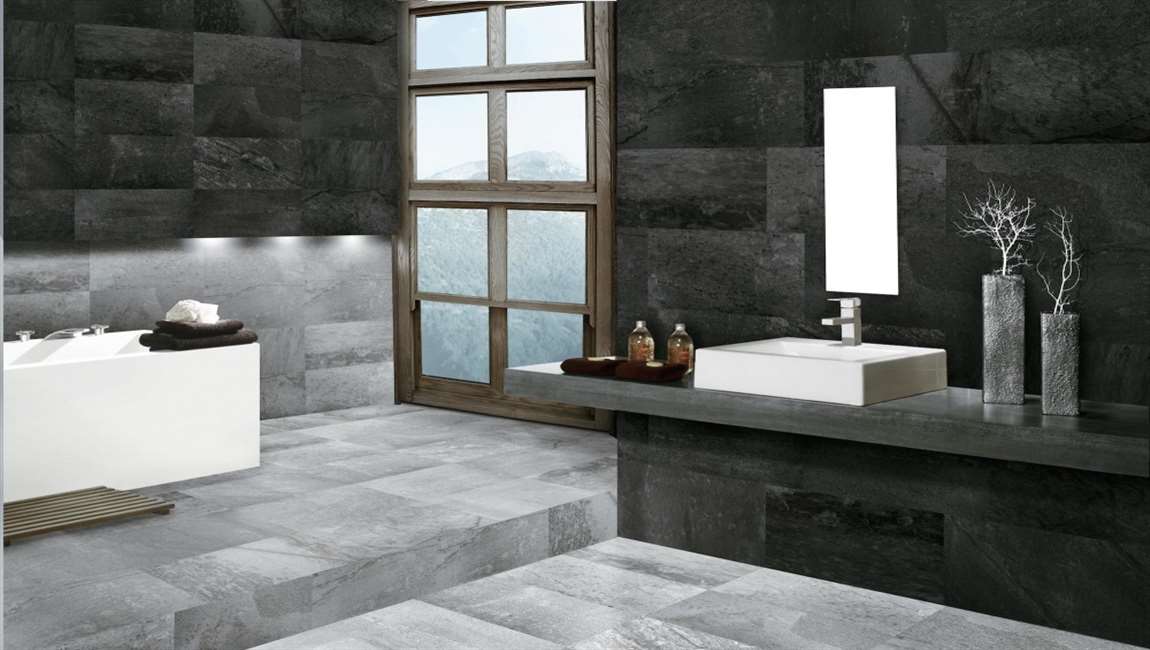



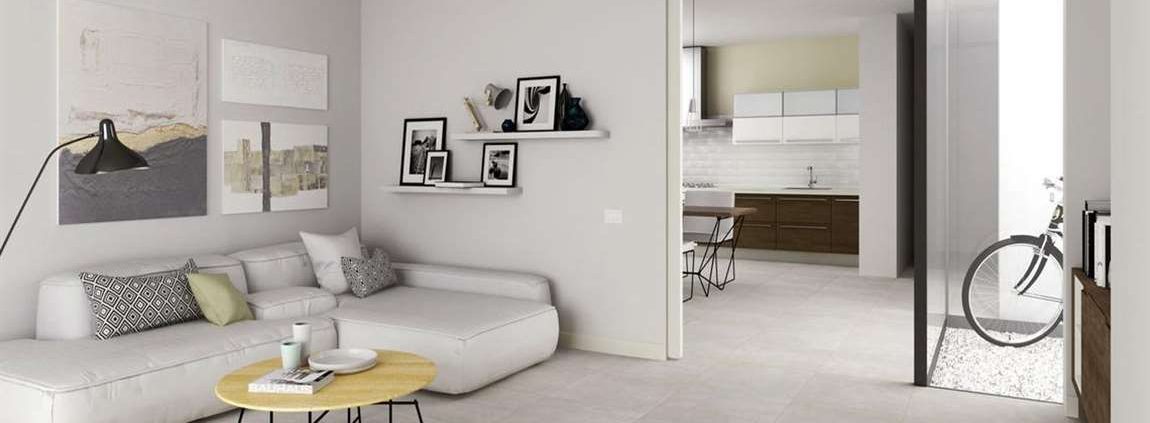
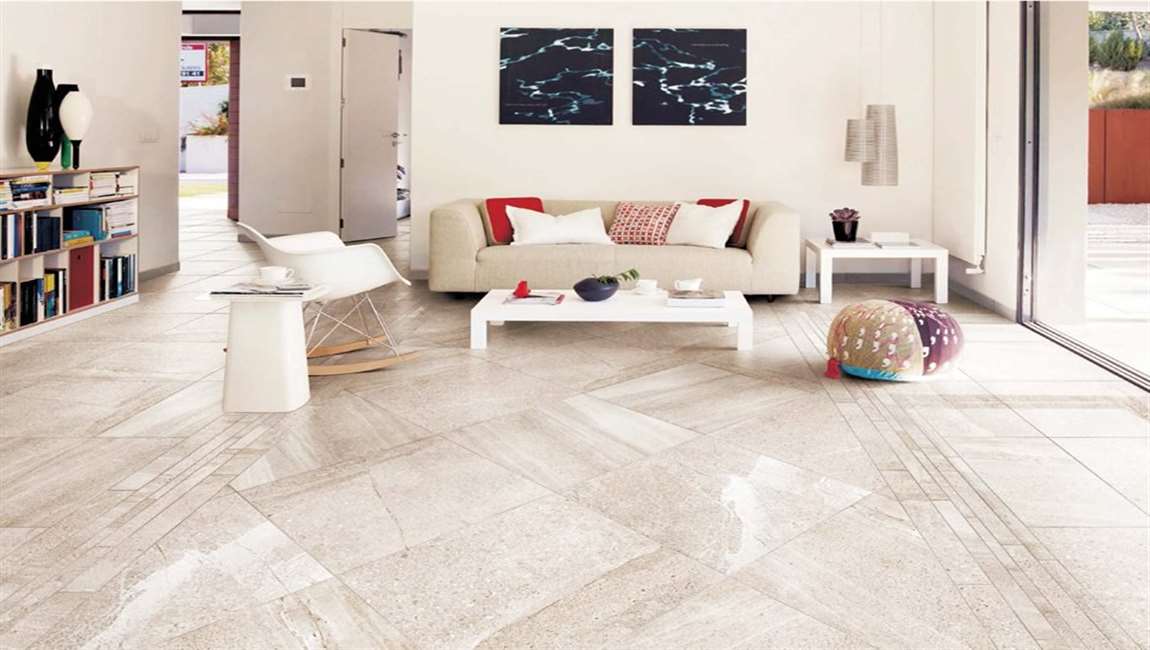 Pick the right
Pick the right Clean the concrete surface. This is a vital step of the project. Accumulated mud, dirt and other debris must be removed completely to ensure that the
Clean the concrete surface. This is a vital step of the project. Accumulated mud, dirt and other debris must be removed completely to ensure that the 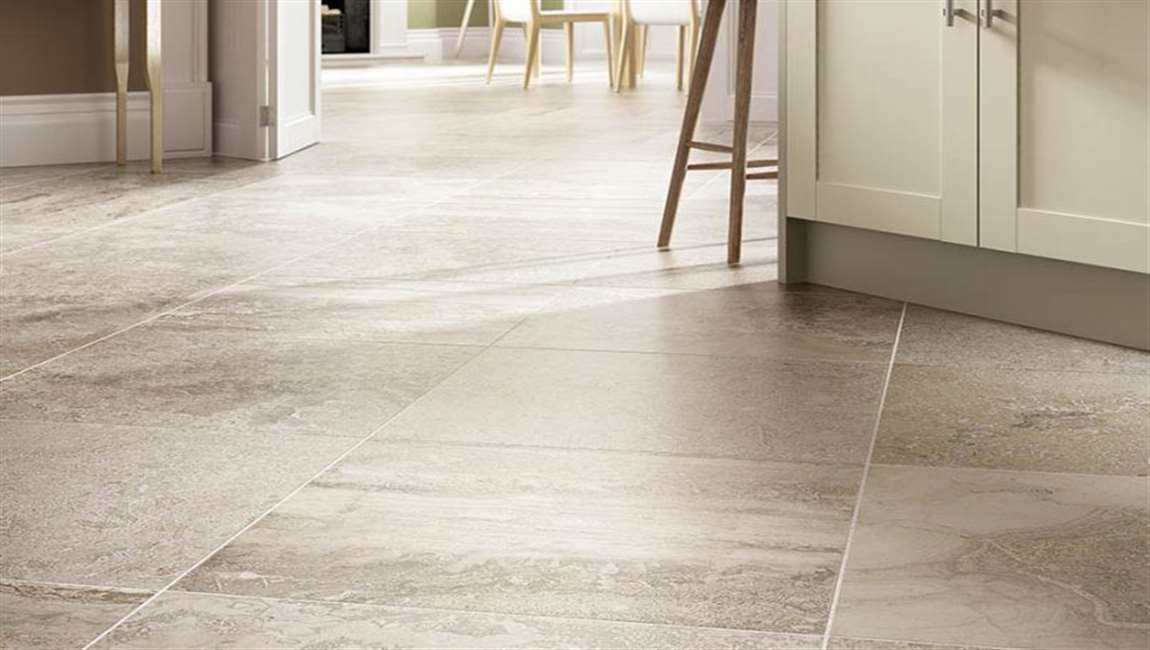 Perform the concrete repairs and leveling. To lay an even surface, the underlying concrete needs to be uniform and level as well. To achieve this, get rid of any protrusions, bumps or cracks in the surface. Using sandpaper to level the bumps and concrete and other fillers to stop cracks, you should be able to get a smooth surface. Be sure to wash it after this is done and let it dry.
Perform the concrete repairs and leveling. To lay an even surface, the underlying concrete needs to be uniform and level as well. To achieve this, get rid of any protrusions, bumps or cracks in the surface. Using sandpaper to level the bumps and concrete and other fillers to stop cracks, you should be able to get a smooth surface. Be sure to wash it after this is done and let it dry.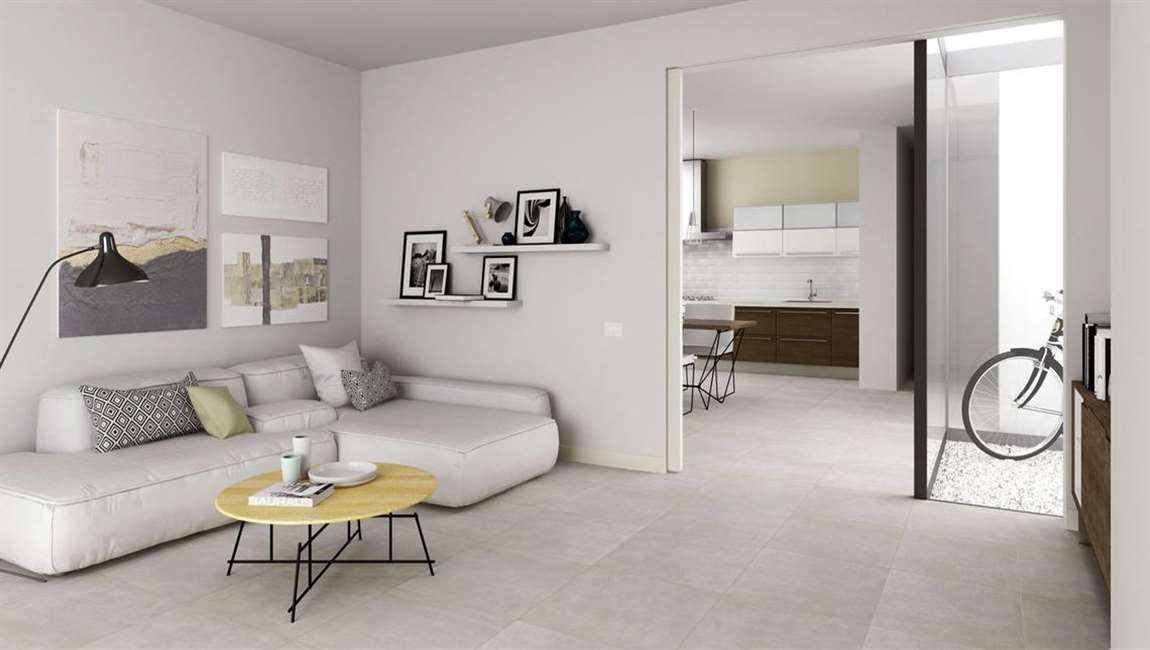 Plan the layout. After preparing the surface, plan how you intend to lay down the
Plan the layout. After preparing the surface, plan how you intend to lay down the 